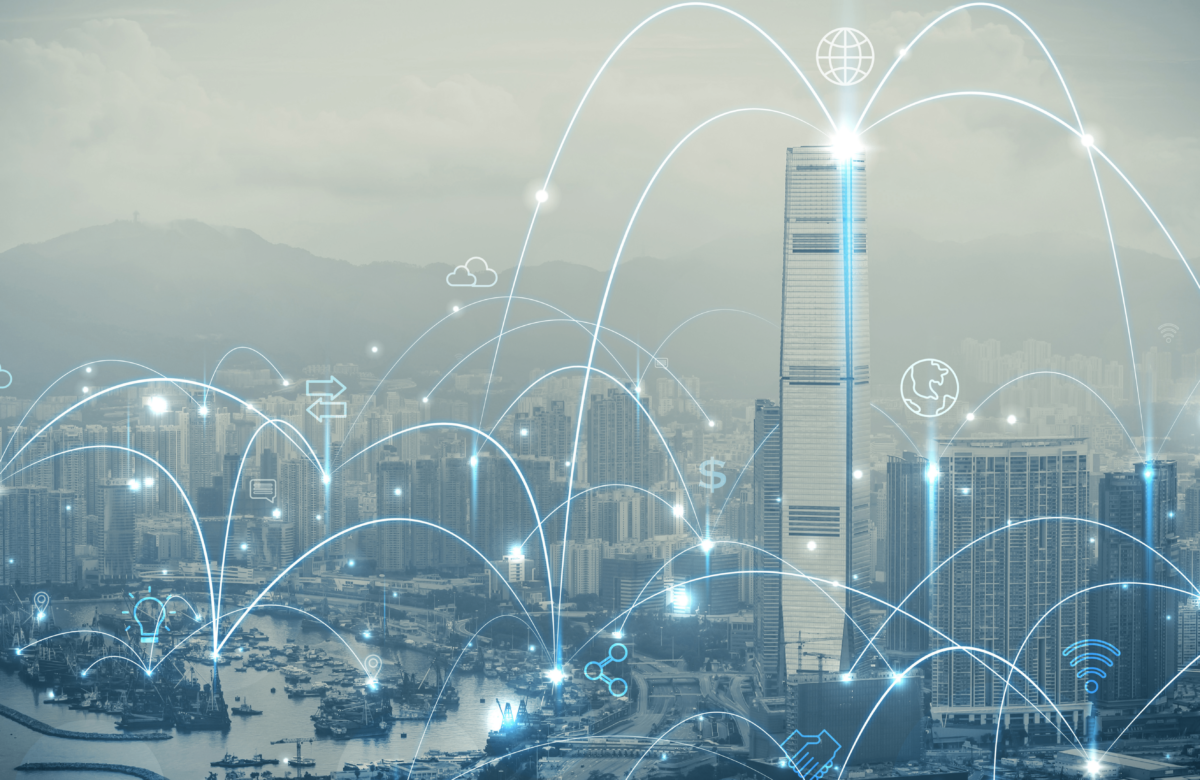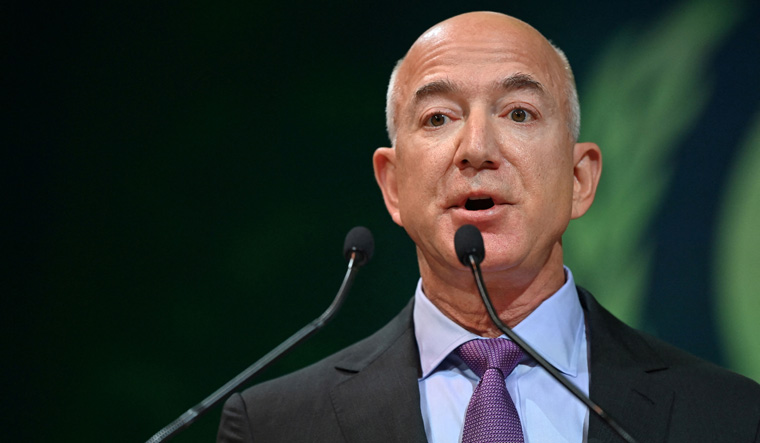
5G and the Future of Remote Work: A Paradigm Shift
- Technology
- December 4, 2023
- No Comment
- 43
In the wake of the 21st-century digital revolution, remote work has become more than just a trend; it has evolved into a fundamental shift in the way businesses operate. The COVID-19 pandemic accelerated this transformation, forcing organizations worldwide to adapt quickly to remote work models. As we navigate the ever-evolving landscape of the modern workplace, one technological advancement stands out as a game-changer: 5G. The deployment of 5G networks promises not only faster internet speeds but also a paradigm shift in the future of remote work.
I. Introduction to Remote Work Evolution
To understand the profound impact of 5G on remote work, it’s crucial to first explore the evolution of remote work itself. Historically, remote work was limited by technological constraints, with employees relying on slow internet connections and basic communication tools. However, advancements in technology, particularly in cloud computing and collaboration software, have paved the way for a more flexible and decentralized work environment.
The COVID-19 pandemic acted as a catalyst, propelling remote work into the mainstream. Organizations were forced to embrace remote work to ensure business continuity. As a result, employees discovered the benefits of flexibility, and companies recognized the potential for increased productivity and cost savings. With this shift, the demand for more robust and efficient connectivity became evident.
II. The Need for Speed: Challenges of Current Connectivity
While current internet connectivity has facilitated remote work to a significant extent, it still poses challenges that hinder optimal productivity and collaboration. The limitations of bandwidth and latency affect the quality of video conferencing, the responsiveness of cloud applications, and the overall user experience.
Moreover, as remote work became more prevalent, the strain on existing networks increased. This led to congestion issues during peak hours, causing frustrating delays and disruptions. As businesses look to the future, addressing these challenges becomes imperative to sustain and enhance the remote work experience.
III. Enter 5G: Revolutionizing Connectivity
The arrival of 5G technology brings a new era of connectivity characterized by unparalleled speed, reliability, and low latency. Unlike its predecessors, 5G is not merely an incremental improvement; it represents a significant leap forward in the capabilities of wireless communication. With data transfer rates up to 100 times faster than 4G, 5G has the potential to reshape the remote work landscape.
IV. Faster, Smoother Video Conferencing
One of the immediate and tangible benefits of 5G for remote work is the enhancement of video conferencing capabilities. Video conferencing has become the lifeline of remote collaboration, and 5G ensures high-definition video quality, minimal lag, and seamless communication. This not only improves the clarity of virtual meetings but also facilitates a more natural and engaging interaction among team members.
The increased bandwidth of 5G allows for the simultaneous transmission of large volumes of data, making features like screen sharing, real-time document collaboration, and virtual whiteboarding more efficient. As a result, virtual meetings become more productive, fostering a sense of connection among remote team members.
V. Empowering Cloud Applications
The reliance on cloud-based applications has grown exponentially in the era of remote work. From project management tools to file storage and collaboration platforms, these applications form the backbone of modern remote work infrastructure. However, the efficiency of these tools is contingent on a robust and responsive internet connection.
5G’s low latency ensures that interactions with cloud applications are nearly instantaneous. This means faster loading times for documents, real-time updates, and a seamless user experience. As remote teams collaborate on projects and share information in the cloud, the efficiency gains brought about by 5G contribute to a more agile and productive workflow.
VI. Redefining Virtual Reality (VR) and Augmented Reality (AR) Experiences
As remote work evolves, so do the tools and technologies used to simulate in-person experiences. Virtual Reality (VR) and Augmented Reality (AR) have the potential to bridge the physical gap between remote team members. With the high speeds and low latency of 5G, these immersive technologies become more accessible and practical for remote collaboration.
Imagine conducting virtual meetings where team members feel as though they are in the same room, despite being geographically dispersed. 5G’s capabilities open the door to more realistic and interactive VR and AR experiences, revolutionizing the way remote teams engage with each other and their work.
VII. IoT and Smart Workspaces
The Internet of Things (IoT) is another area where 5G technology can revolutionize remote work. As smart devices become more prevalent in home offices, 5G enables seamless connectivity and communication between these devices. From smart thermostats and lighting systems to advanced video conferencing equipment, the integration of IoT devices is streamlined with the high bandwidth and low latency provided by 5G.
This connectivity not only enhances the user experience but also opens avenues for innovative applications. For example, IoT sensors can monitor and optimize the home office environment for better productivity and well-being. 5G’s capabilities enable a network of interconnected devices to work harmoniously, creating truly smart workspaces.
VIII. Overcoming Security Concerns
While the benefits of 5G for remote work are undeniable, it’s essential to address the security implications. As more data is transmitted over 5G networks, the potential for security threats increases. However, advancements in encryption protocols and network security measures aim to mitigate these risks.
Additionally, the use of edge computing, which processes data closer to the source rather than relying on a centralized data center, can enhance security by reducing the attack surface. As businesses adopt 5G for remote work, a comprehensive approach to cybersecurity becomes paramount, encompassing encryption, secure access controls, and ongoing monitoring.
IX. Shaping the Future Workforce
The impact of 5G on remote work extends beyond immediate productivity gains. It has the potential to reshape the entire work landscape and influence the expectations and preferences of the workforce. With faster and more reliable connectivity, employees may increasingly prioritize flexibility in their work arrangements.
Businesses that embrace 5G for remote work can attract top talent by offering a seamless and technologically advanced virtual work environment. Moreover, the ability to tap into a global talent pool without geographical constraints becomes more feasible, fostering diversity and inclusion in the workforce.
X. The Role of Governments and Businesses in 5G Adoption
For the full realization of 5G’s potential in remote work, collaboration between governments, telecommunication companies, and businesses is essential. Governments play a crucial role in allocating spectrum, establishing regulatory frameworks, and ensuring that 5G infrastructure is deployed efficiently and equitably.
Businesses, on the other hand, need to invest in the necessary technology and infrastructure to leverage 5G effectively. This includes upgrading hardware, adopting 5G-compatible software and applications, and providing adequate cybersecurity measures. Strategic partnerships with telecommunication providers can also expedite the integration of 5G into the remote work ecosystem.
XI. Challenges and Considerations
While the future of remote work with 5G appears promising, it’s essential to acknowledge and address potential challenges. Some of these challenges include the initial cost of upgrading infrastructure, ensuring equal access to 5G capabilities for all employees, and navigating the complexities of regulatory compliance.
Additionally, the health and environmental impact of 5G technology has been a subject of debate. While concerns about radiation and energy consumption exist, ongoing research and advancements in technology aim to minimize these potential drawbacks.
XII. Conclusion: Embracing the 5G-Powered Future of Remote Work
As we stand on the cusp of a new era in remote work, fueled by the transformative power of 5G, the possibilities are both exciting and daunting. The paradigm shift brought about by 5G extends beyond faster internet speeds; it encompasses a fundamental change in the way we perceive and engage with work.
The integration of 5G into the remote work landscape unlocks new potentials for collaboration, innovation, and productivity. From seamless video conferencing to immersive virtual experiences, 5G has the capacity to redefine the remote work experience for individuals, businesses, and the global workforce as a whole.
As businesses navigate this transition, a proactive approach to adopting and adapting to 5G technology is crucial. Embracing the 5G-powered future of remote work requires a strategic mindset, investment in infrastructure, and a commitment to addressing the associated challenges.








